Cooking Measurements Conversion Chart
Measuring ingredients properly is imperative. Cooking measurements, cooking equivalents, and cooking conversion charts are confusing if you don’t know them.
Imagine you found that great recipe from a European cookery book and you want to try it out? Great! But, there’s only one problem. All the ingredients are listed in grams, temperatures are listed in Celsius, and so on.
You need to know how to convert your measurements, so let me tell you all about it. I know all about that as a European living in the US 😉
Use a Kitchen Scale to Measure Your Ingredients
We, Europeans, like to use a kitchen scale for almost everything so recipes will often call for 200 g of sugar or flour. In the US you’ll find most ingredients being measured by cups, not my weight.
Not all ingredients weight the same, even if they take the same volume.
That said, the cooking scale is a must in the kitchen, but don’t worry – they’re not expensive. Here’s a link to one I own at the moment.
For instance, 1 cup of flour is 125 g while 1 cup of sugar is 200 g. Metric weights, such as a gram or ounce, are most accurate. Always, without exceptions.
Click here for FREE Printable of Conversions Chart
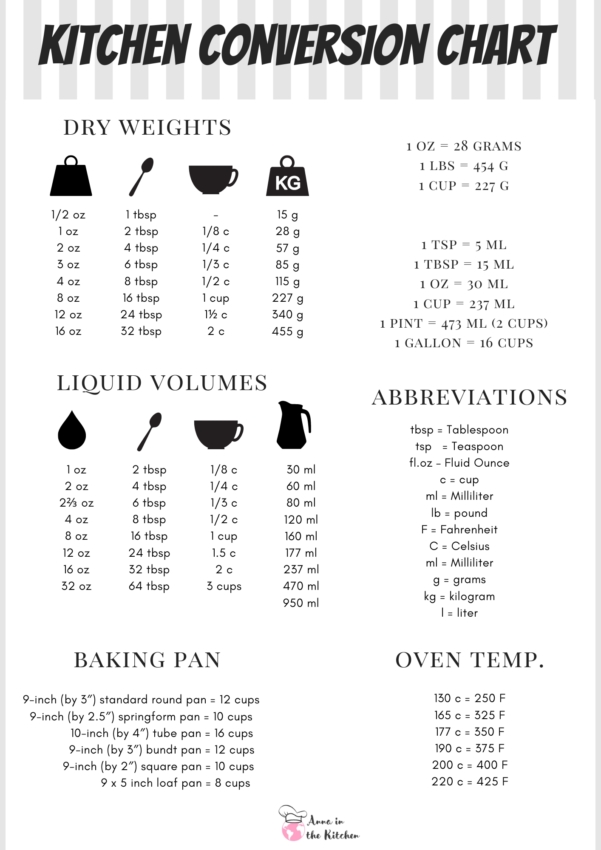
Basic Measurements Acronyms
IMPERIAL Measurement Abbreviations
tbsp = Tablespoon
tsp = Teaspoon
fl.oz – Fluid Ounce
c = cup
ml = Milliliter
lb = pound
F = Fahrenheit
C = Celsius
METRIC Measurement Abbreviations
ml = Milliliter
g = grams
kg = kilogram
l = liter
Dry vs Wet Ingredients
Many recipes incorrectly convert liquid ingredients. For instance, 90 ml it’s not the same as 3 ounces of liquid, but it’s close enough that many just say it can be.
If you’re cooking something like pozole soup, these 5 ml of difference won’t matter as much, but if you’re baking a cake or making paczki for example, it could make or break your recipe.
Dry ingredients and liquid ingredients have to be treated differently when measuring.
- Use cups and measuring spoon sets for most dry ingredients,
- Use while liquid measuring cups
Common Weights of Popular Ingredients
- 1 cup all-purpose flour = 125 grams (4 1/2 ounces)
- 1 cup granulated sugar = 200 grams (7 1/2 ounces)
- 1 cup powdered sugar = 120 grams (4 1/4 ounces)
- 1/2 cup butter = 1 stick = 115 grams (4 ounces)
- 1 cup milk or water = 227 grams (240ml; 8 ounces)
- 1 cup sour cream or yogurt = 227 grams (8 ounces)
- 1/2 cup maple syrup = 156 grams (5 1/2 ounces)
- 1 cup chocolate chips = 180 grams (6 1/4 ounces)
Baking Pan Conversions
So many recipes in the US are adapted to specific type of baking pan. Unless you’re a professional baker, it’s impossible and not needed to have all kinds of baking pans so you might need to convert your recipe.
- 9-inch (by 3″) standard round cake pan = 12 cups (for any cake or quiche)
- 9-inch (by 2.5″) springform pan = 10 cups
- 10-inch (by 4″) tube pan =16 cups
- 9-inch (by 3″) bundt pan = 12 cups
- 9-inch (by 2″) square pan = 10 cups
- 9 x 5 inch loaf pan = 8 cups (eg. bread)
Baking Ingredients Cups to Ounces
- 1 cup all-purpose flour = 4.5 oz
- 1 cup butter = 8 oz
- 1 cup milk = 8 oz
- 1 cup heavy cream = 8.4 oz
- 1 cup sugar = 7.1 oz
- 1 cup packed brown sugar = 7.75 oz
- 1 cup powdered sugar = 4.4 oz
- 1 cup vegetable oil = 7.7 oz
Oven Temperatures
Another important thing to consider are over temperatures and ability to convert the temperature from metric to imperial and vice versa.
Oven Temperatures
- 130 c = 250 F
- 165 c = 325 F
- 177 c = 350 F
- 190 c = 375 F
- 200 c = 400 F
- 220 c = 425 F
Basic Cooking Measurements
(Metric to Imperial)
1 teaspoon = 5 ml
1 tablespoon (1/2 fluid ounce) = 15 ml
1 fluid ounce (1/8 cup) = 30 ml
1/4 cup (2 fluid ounces) = 60 ml
1/3 cup = 80 ml
1/2 cup or 4 fluid ounces = 120 ml
2/3 cup = 160 ml
3/4 cup or 6 fluid ounces = 180 ml
1 cup (8 fluid ounces / half pint) = 240 ml
2 cups (16 fluid ounces / 1 pint) = 475 ml
4 cups or 2 pints or 1 quart = 950 ml (almost 1 liter)
4 quarts = 1 gallon = 3.8 L
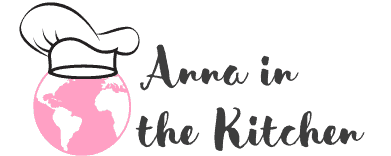
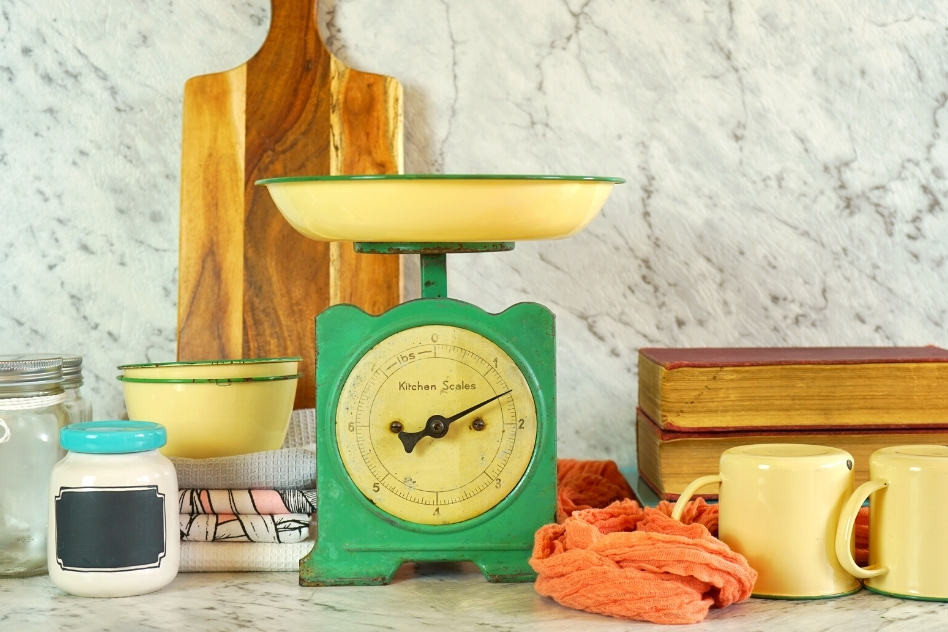
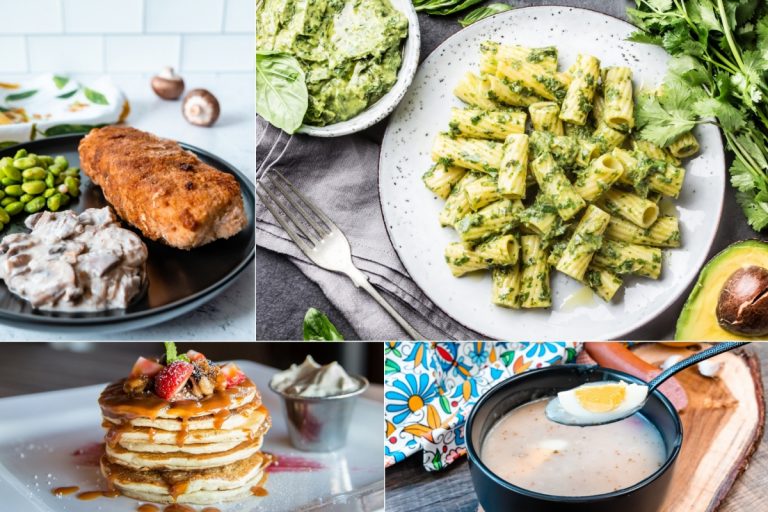
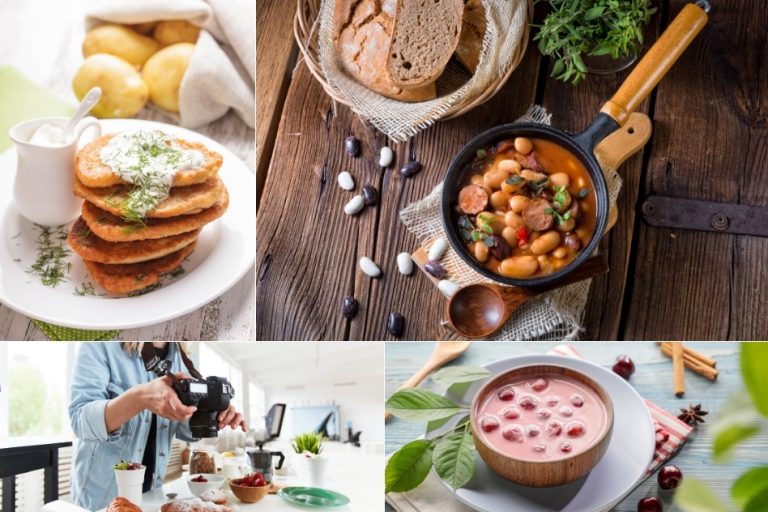

I didn’t think I would find a kitchen conversion chart that checked all the boxes: easy to read, complete, uncomplicated, and aesthetically pleasing. Luckily, I found this one that is so well designed. It’s perfect! Thank you for sharing this.